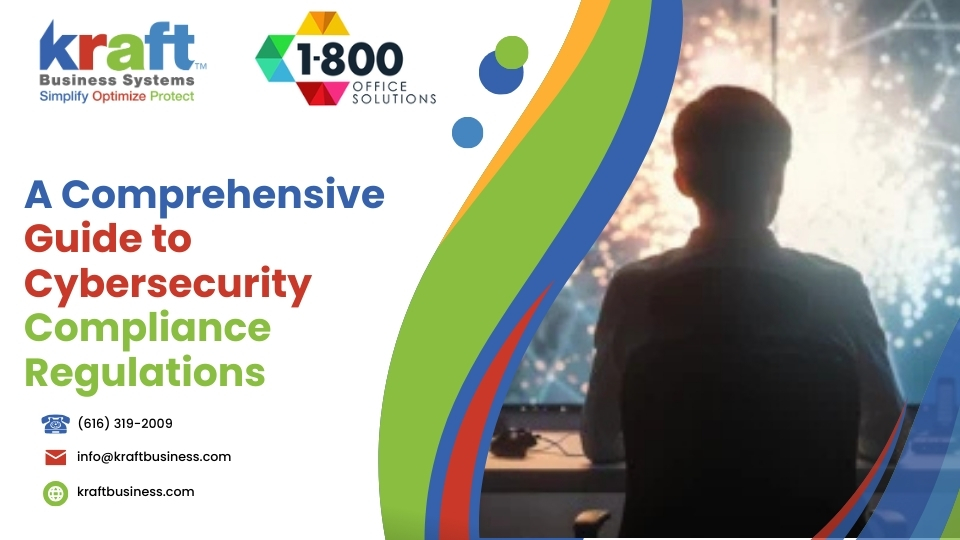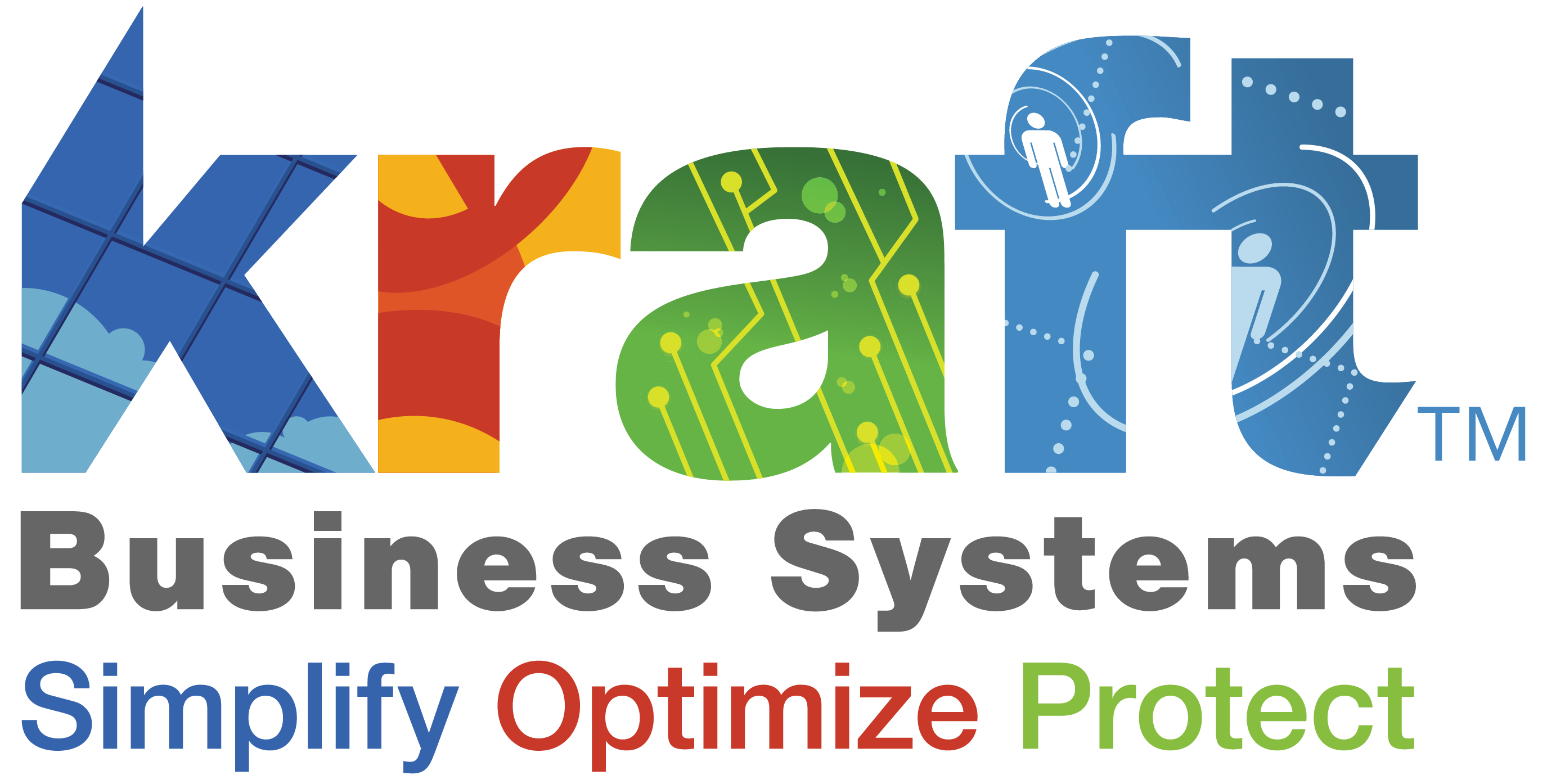Cybersecurity compliance is crucial for any business concerned with safeguarding its data. This involves adhering to regulatory requirements and managing potential risks to keep sensitive information secure. When cyber threats are increasingly sophisticated, understanding these regulations is essential for effective data protection.
Why does cybersecurity compliance matter?
- Data Protection: Ensures the confidentiality and integrity of sensitive data.
- Regulatory Requirements: Various laws mandate compliance, like GDPR, HIPAA, and PCI DSS.
- Risk Management: Helps businesses identify, prevent, and mitigate cybersecurity risks.
Data breaches can be costly, not just financially but reputationally too. Businesses must steer complex compliance landscapes and adopt robust risk management strategies to stay protected and competitive. From health records to financial details, the nature and sensitivity of data dictate which regulations apply. Keeping up-to-date with these requirements is not optional; it’s necessary.
As regulations evolve, businesses must adjust their cybersecurity practices. Failing to comply can lead to hefty fines and loss of trust. Understanding and implementing these regulatory requirements ensures that companies not only protect their data but also maintain their reputation and legal standing.

Understanding Cybersecurity Compliance
Cybersecurity compliance is all about following rules and standards to keep data safe from cyber threats. These rules are set by various authorities and are crucial for protecting electronic data. Let’s break down the key elements:
Regulations and Standards
Regulations are official rules that organizations must follow. They ensure that businesses protect sensitive information like personal data, health records, and financial details. Some of the most well-known regulations include:
- GDPR: Protects personal data and privacy in the European Union.
- HIPAA: Secures health information in the healthcare sector.
- PCI DSS: Ensures secure handling of credit card information.
Standards, on the other hand, provide guidelines on how to achieve compliance. They are not legally binding but are widely adopted to improve security. Notable standards include:
- ISO/IEC 27001: Provides a framework for managing information security.
- NIST Cybersecurity Framework: Offers guidelines to improve critical infrastructure security.
- SOC 2: Focuses on data protection and privacy for service organizations.
The CIA Triad
The CIA triad is a model that guides cybersecurity efforts. It stands for:
- Confidentiality: Keeping data private and accessible only to authorized users.
- Integrity: Ensuring data is accurate and unaltered during storage or transfer.
- Availability: Making sure data is accessible to authorized users when needed.

Adhering to these principles helps organizations maintain trust and comply with regulations.
Why Compliance Matters
Compliance is more than just following rules. It’s about building trust with customers and stakeholders. IBM’s Cost of a Data Breach Report 2023 highlights that the average cost of a data breach is $4.45 million. Organizations that integrate robust cybersecurity measures save significantly, both in financial terms and reputation.
By understanding and implementing cybersecurity compliance, businesses can avoid legal penalties and protect their reputation. It’s not just a legal obligation but a strategic advantage in the digital landscape.
This foundational knowledge of cybersecurity compliance sets the stage for exploring specific regulations in the next section.
Key Cybersecurity Compliance Regulations10
When it comes to cybersecurity compliance, understanding the key regulations is essential for any organization handling sensitive data. Let’s explore some of the major players in this arena:
General Data Protection Regulation (GDPR)
The GDPR is a landmark regulation from the European Union (EU) that governs data protection and privacy. It applies to any company that processes personal data of EU citizens, regardless of where the company is based. The GDPR emphasizes transparency, giving individuals the right to know how their data is used, and mandates strict controls on data handling. Non-compliance can lead to hefty fines, which can reach up to €20 million or 4% of the global annual revenue, whichever is higher.
Health Insurance Portability and Accountability Act (HIPAA)
HIPAA is a U.S. regulation that focuses on protecting sensitive patient health information. It applies to healthcare providers, health plans, and their business associates. HIPAA requires the implementation of administrative, physical, and technical safeguards to ensure the confidentiality, integrity, and availability of electronic protected health information (ePHI). Violations can result in significant fines and legal consequences, emphasizing the importance of compliance in the healthcare sector.
Payment Card Industry Data Security Standard (PCI DSS)
The PCI DSS is a set of security standards designed to protect credit card information during processing, storage, and transmission. It applies to any organization that accepts, processes, or stores cardholder data. Compliance is validated annually and is crucial to prevent data breaches that could result in financial penalties and reputational damage. The standard was developed by major credit card companies like Visa, MasterCard, and American Express.
Service Organization Control 2 (SOC 2)
SOC 2 is an audit framework created by the American Institute of Certified Public Accountants (AICPA). It evaluates the effectiveness of data protection controls based on five trust service criteria: security, availability, processing integrity, confidentiality, and privacy. Although not mandatory, SOC 2 compliance is vital for service organizations, especially in the SaaS and cloud computing sectors, to assure clients that their data is managed securely.
National Institute of Standards and Technology (NIST) Cybersecurity Framework
The NIST Cybersecurity Framework is a voluntary set of guidelines designed to help organizations manage and reduce cybersecurity risks. Originally developed for critical infrastructure, it is now widely adopted across industries. The framework provides a flexible approach to identifying, protecting, detecting, responding to, and recovering from cyber threats. It is particularly beneficial for organizations seeking a structured yet adaptable method to improve their cybersecurity posture.
By understanding these key regulations, organizations can better steer the complex landscape of cybersecurity compliance and implement effective strategies to protect their data and systems. This knowledge is crucial for building a robust compliance program custom to specific industry needs, which we’ll explore in the next section.
Industry-Specific Compliance Requirements
When it comes to cybersecurity compliance, different industries face unique challenges and regulations. Let’s explore the specific requirements for some key sectors:
Healthcare
In the healthcare industry, protecting patient information is paramount. The Health Insurance Portability and Accountability Act (HIPAA) is the main regulation here. It mandates stringent safeguards for electronic protected health information (ePHI). Healthcare organizations must conduct regular risk assessments and implement robust security measures to prevent data breaches. Despite being in place since 1996, compliance remains a challenge, highlighting the ongoing need for vigilance and improvement.
Financial Services
Financial services are a prime target for cybercriminals due to the sensitive financial data they handle. Regulations like the Federal Financial Institution Examination Council (FFIEC) guidelines and the Gramm-Leach-Bliley Act require firms to protect this data. The Service Organization Control 2 (SOC 2) framework is also important for ensuring that third-party vendors manage client data securely. Continuous monitoring and risk assessments are critical to maintaining compliance and protecting customer trust.
Government
Government agencies and contractors face strict cybersecurity requirements to safeguard national security and sensitive information. The Federal Information Security Management Act (FISMA) sets standards for federal agencies, while the Defense Federal Acquisition Regulation Supplement (DFARS) and the Cybersecurity Maturity Model Certification (CMMC) apply to defense contractors. These regulations emphasize third-party risk management and require regular security assessments to ensure compliance.
Energy
The energy sector is vital to national infrastructure, making it a target for cyberattacks. Compliance with the North American Electric Reliability Corporation Critical Infrastructure Protection (NERC CIP) standards is essential. These standards focus on safeguarding critical assets and ensuring the reliability of the energy grid. Energy companies must also comply with the Federal Energy Regulatory Commission’s (FERC) Critical Infrastructure Protection Standards to address vulnerabilities and strengthen their cybersecurity posture.
Consumer Businesses
Consumer-facing businesses, such as retailers and restaurants, must prioritize data privacy and protection. The General Data Protection Regulation (GDPR) and the California Consumer Privacy Act (CCPA) are key regulations in this space. They require businesses to be transparent about how they collect, use, and store personal data. Non-compliance can result in severe penalties, making it crucial for businesses to implement robust data protection measures and stay up to date with evolving privacy laws.
Understanding these industry-specific requirements is essential for building a strong cybersecurity compliance program. Each sector has its own set of challenges, but with the right strategies and tools, organizations can effectively protect their data and maintain compliance. In the next section, we’ll explore how to build a comprehensive compliance program custom to your organization’s needs.
Building a Cybersecurity Compliance Program
Creating a cybersecurity compliance program can seem daunting, but breaking it down into key components makes it manageable. Let’s explore how to build an effective compliance program by focusing on the compliance team, risk analysis, security controls, and monitoring.
Compliance Team
The backbone of any successful cybersecurity compliance program is a dedicated compliance team. This team should consist of IT professionals, legal advisors, and other relevant stakeholders. Their role is to ensure that the organization meets all regulatory requirements and maintains a robust security posture.
Collaboration is key. While the IT team handles technical aspects, legal advisors ensure compliance with laws like GDPR and HIPAA. Regular meetings and updates help keep everyone aligned and informed.
Risk Analysis
Risk analysis is a crucial step in identifying potential threats and vulnerabilities within your organization. Here’s how to break it down:
- Identify: List all information assets, systems, and networks.
- Assess: Determine the risk level for each data type. Identify where high-risk information is stored and transmitted.
- Analyze: Calculate risk using the formula: Risk = (Likelihood of breach x Impact) / Cost.
- Set Tolerance: Decide which risks to accept, mitigate, transfer, or refuse.
By conducting thorough risk analyses, organizations can prioritize their security efforts and allocate resources effectively.
Security Controls
Once risks are identified, implementing appropriate security controls is essential. These controls help protect sensitive data and maintain compliance.
- Data Encryption: Protects data at rest and in transit.
- Network Firewalls: Prevent unauthorized access to networks.
- Password Policies: Enforce strong password practices.
- Incident Response Plan: Provides a roadmap for responding to security incidents.
- Employee Training: Educates staff about cybersecurity best practices.

Security controls are not one-size-fits-all. Tailor them to your organization’s specific risks and compliance requirements.
Monitoring
Continuous monitoring is vital for maintaining cybersecurity compliance. It involves keeping an eye on systems, networks, and data to detect any signs of a breach or vulnerability.
- Automated Tools: Use tools like SIEM systems to collect and analyze security data in real-time.
- Regular Audits: Conduct regular audits and vulnerability assessments to ensure ongoing compliance.
- Remediation: Have processes in place to quickly address any finded vulnerabilities or breaches.
By actively monitoring and responding to threats, organizations can prevent incidents before they escalate into major breaches.
In the next section, we’ll address some frequently asked questions about cybersecurity compliance to further clarify common concerns and provide additional insights.
Frequently Asked Questions about Cybersecurity Compliance
What is cybersecurity compliance?
Cybersecurity compliance means following rules and standards set by authorities to protect data. These rules, like GDPR or HIPAA, are designed to keep sensitive information safe from cyber threats. Compliance ensures that businesses handle data responsibly, protecting both the organization and its customers.
Think of it as a set of guidelines that help businesses prevent data breaches. It involves adhering to regulations and implementing security measures to meet those standards.
How do I get cybersecurity compliance?
Achieving cybersecurity compliance involves several key steps:
- Risk Management: Start by identifying potential threats to your data. Assess how likely these threats are and their potential impact. This helps prioritize security efforts.
- Compliance Team: Assemble a team of IT experts, legal advisors, and other stakeholders. They will ensure that the organization meets all necessary regulations and standards.
- Implement Security Controls: Use tools like firewalls, encryption, and strong password policies to protect data. Regular employee training is also crucial to prevent human errors.
- Continuous Monitoring: Keep an eye on your systems and networks. Use automated tools to detect vulnerabilities and conduct regular audits to maintain compliance.
By following these steps, businesses can effectively manage risks and achieve compliance with relevant regulations.
What are the benefits of cybersecurity compliance?
There are several advantages to achieving cybersecurity compliance:
- Financial Protection: Compliance reduces the risk of costly data breaches. According to IBM’s Cost of a Data Breach Report 2023, the average cost of a breach is $4.45 million. Compliance can save businesses millions by preventing such incidents.
- Reputation Management: Customers trust companies that protect their data. Compliance helps build and maintain this trust, enhancing the organization’s reputation.
- Legal Assurance: By adhering to regulations, businesses avoid legal penalties and fines. This ensures smooth operations without the fear of legal repercussions.
In the next section, we’ll dig into the conclusion, highlighting Kraft Business Systems’ expertise in providing cybersecurity solutions and guiding businesses through the compliance journey.
Conclusion
At Kraft Business Systems, we understand that navigating cybersecurity compliance can be daunting. But it doesn’t have to be. Our team of experts is here to guide you every step of the way, offering custom solutions to meet your unique business needs.
Our Cybersecurity Solutions
We provide a range of cybersecurity solutions designed to protect your data and keep your business compliant. From robust threat detection systems to continuous monitoring services, we ensure your information is secure 24/7. Our solutions include:
- End-to-end encryption: This keeps your data safe during transmission, preventing unauthorized access.
- Multi-factor authentication: Adds an extra layer of security to your access control systems.
- Regular security audits: These help identify and address vulnerabilities, ensuring your systems remain secure and compliant.
Our Compliance Expertise
Our expertise in cybersecurity compliance means we stay up-to-date with the latest regulations and standards. Whether it’s GDPR for consumer businesses or NERC-CIP for energy companies, we help you understand and meet these requirements efficiently. Our compliance services include:
- Risk Analysis: We help you identify potential threats and assess their impact, so you can prioritize your security efforts.
- Compliance Team Support: Our team of IT experts and legal advisors will work with you to ensure your organization meets all necessary regulations and standards.
By partnering with Kraft Business Systems, you can focus on what you do best—running your business—while we handle the complexities of cybersecurity compliance. Let us help you protect your data, maintain your reputation, and achieve peace of mind.
For more information, visit our website at Kraft Business Systems.






